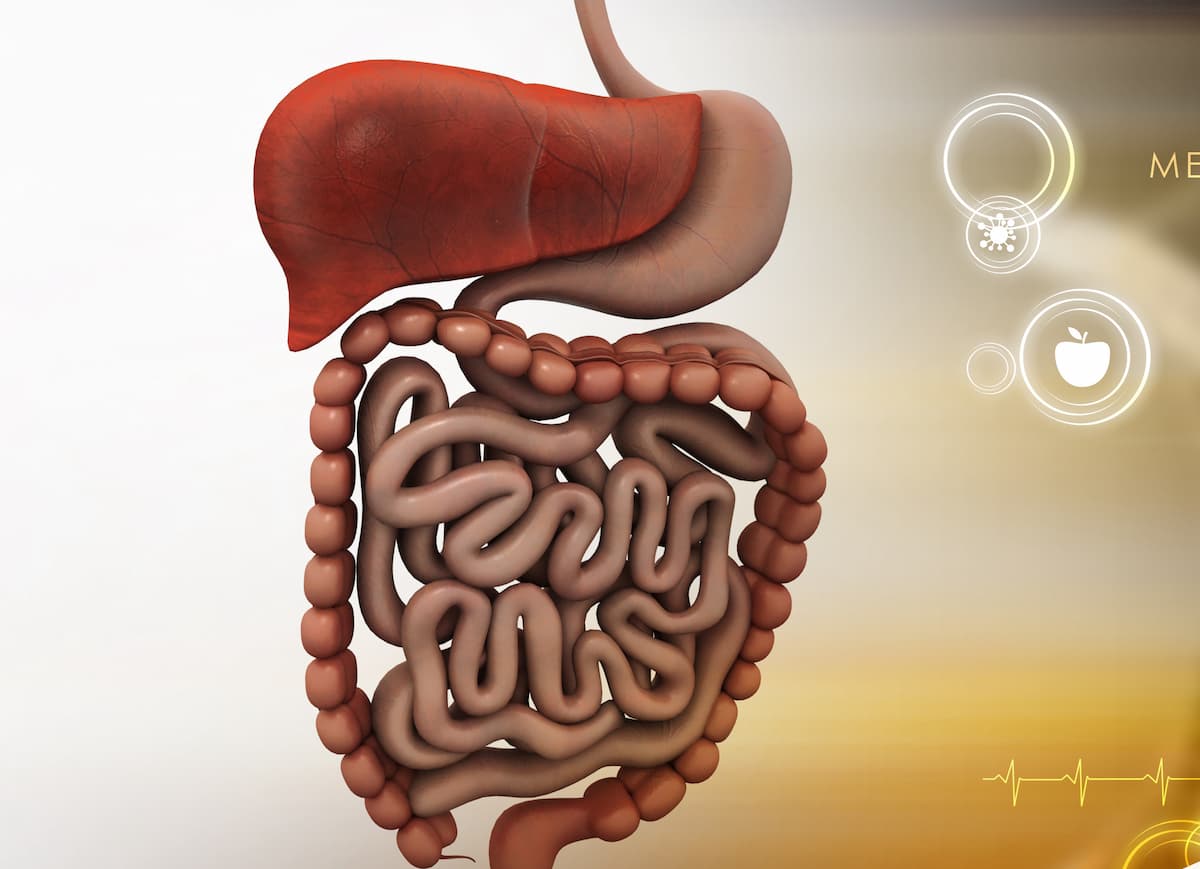Genomic Alterations May Cause Resistance to Sotorasib KRAS G12C+ CRC Combo
Emergent alteration patterns were similarly diverse across treatment arms in the phase 3 CodeBreaK 300 study.
“Emergent genomic alteration distribution, prevalence, and patterns were similar across CodeBreaK 300 treatment arms,” according to the study authors.

The dysregulation of DNA methylation, RTK pathways, and KRAS amplifications may fuel resistance to treatment with sotorasib (Lumakras) plus panitumumab (Vectibix) among patients with KRAS G12C-mutated metastatic colorectal cancer (CRC), according to biomarker analysis findings from the phase 3 CodeBreaK 300 trial (NCT05198934) presented in a poster session at the 2025 American Society of Clinical Oncology (ASCO) Annual Meeting.1
Across the sotorasib/panitumumab and investigator’s choice arms, the distribution of genes showing emergent alterations was comparable, with a mean of 5 genes harboring emergent mutations observed in each patient (P = .99). Additionally, the proportion of patients with more than 10 genes harboring emergent alterations was similar across the investigational and control arms (P = .62).
Data showed that emergent alteration patterns were comparably diverse across the study’s treatment arms. Additionally, numerical differences, albeit statistically insignificant, occurred across treatment arms with respect to ERBB2 and MET alterations. The rate of ERBB2 alterations was 14.7% (95% CI, 6.4%-30.1%) in the investigator’s choice arm (n = 34), 9.1% (95% CI, 3.1%-23.6%) in the sotorasib at 240 mg plus panitumumab arm (n = 33), and 6.3% (95% CI, 1.7%-20.1%) in the sotorasib at 960 mg plus panitumumab arm (n = 32). Moreover, the rate of MET alterations was 5.9% (95% CI, 1.6%-19.1%), 6.1% (95% CI, 1.7%-19.6%), and 18.8% (95% CI, 8.9%-35.3%) in each respective arm.
Overall, 49.2% of patients who received sotorasib/panitumumab and 17.6% of those who received investigator’s choice of therapy had emergent RAS variants apart from G12C. The median number of emergent KRAS copy number variation copies was 2.05 in the investigator’s choice arm, 4.24 in the sotorasib at 240 mg arm, and 4.18 in the sotorasib at 960 mg arm.
Among 3 patients who experienced a partial response in the sotorasib at 960 mg arm and had available samples at the end of therapy, all had acquired mutations in DNMT3A and KRAS copy number gains. Additionally, acquired mutations in the DNMT3A independently correlated with improved objective responses (P = .007; OR, Inf; 95% CI, 2.14-Inf).
“Emergent genomic alteration distribution, prevalence, and patterns were similar across CodeBreaK 300 treatment arms,” lead study author Lisa Salvatore, a medical oncologist from Università Cattolica del Sacro Cuore and Comprehensive Cancer Center in Rome, Italy, and Fondazione Policlinico Universitario Agostino Gemelli, IRCCS in Rome, Italy, wrote with coauthors.1 “Additional mechanisms of primary and acquired resistance, including loss of wildtype KRAS, are being explored for association with efficacy in treatment arms.”
In the CodeBreak 300 study, 160 patients with KRAS G12C-mutated metastatic CRC were randomly assigned 1:1:1 to receive investigator’s choice of trifluridine/tipiracil (Lonsurf) or regorafenib (Stivarga; n = 54), sotorasib at 240 mg daily plus panitumumab at 6 mg/kg every 2 weeks (n = 53), or sotorasib at 960 mg daily plus the same dose of panitumumab (n = 53).2 A total of 34, 33, and 32 of patients in each arm had paired baseline disease progression circulating tumor DNA (ctDNA) samples for this biomarker analysis.
The trial’s primary end point was progression-free survival per blinded independent central review. In this exploratory analysis, the outcome was emergent alterations as detected with the Guardant INFINITY 753 Genes assay that were absent at baseline in tissue or ctDNA samples but present at the time of disease progression in ctDNA.
According to the investigators, a low prevalence of pathogenic variants represented a limitation to their research, suggesting that data should be interpreted with caution due to statistical tests potentially being underpowered. Other limitations included CodeBreak 300 lacking the power to specifically inform biomarker hypotheses and the analysis population including 3 patients with a response, which limited the ability to decipher mechanisms of secondary resistance.
References
- Salvatore L, Katlinskaya Y, Anderson A, et al. Biomarkers of emergent resistance to sotorasib plus panitumumab in KRAS G12C-mutated metastatic colorectal cancer (mCRC) from the randomized, phase 3 CodeBreaK 300 study. Presented at the 2025 American Society of Clinical Oncology (ASCO) Annual Meeting; May 30 – June 3, 2025; Chicago, IL. Abstract 3540. doi:10.1200/JCO.2025.43.16_suppl.3540
- Sotorasib and panitumumab versus investigator's choice for participants with kirsten rat sarcoma (KRAS) p.G12C Mutation (CodeBreak300). ClinicalTrials.gov. Updated April 15, 2025. Accessed May 31, 2025. https://tinyurl.com/47tzawpf